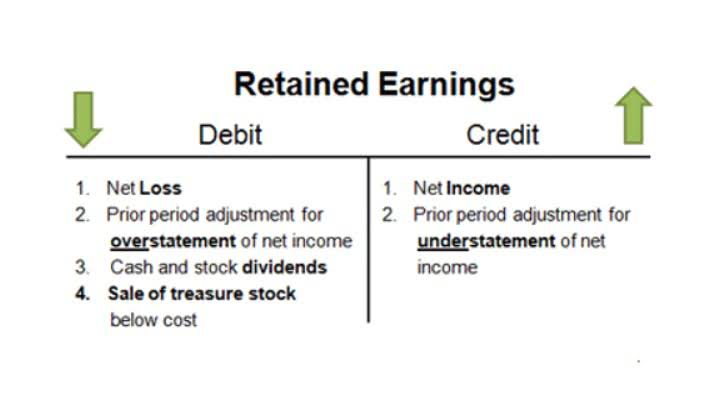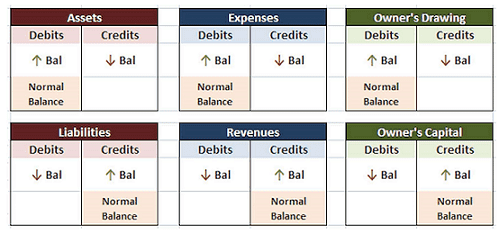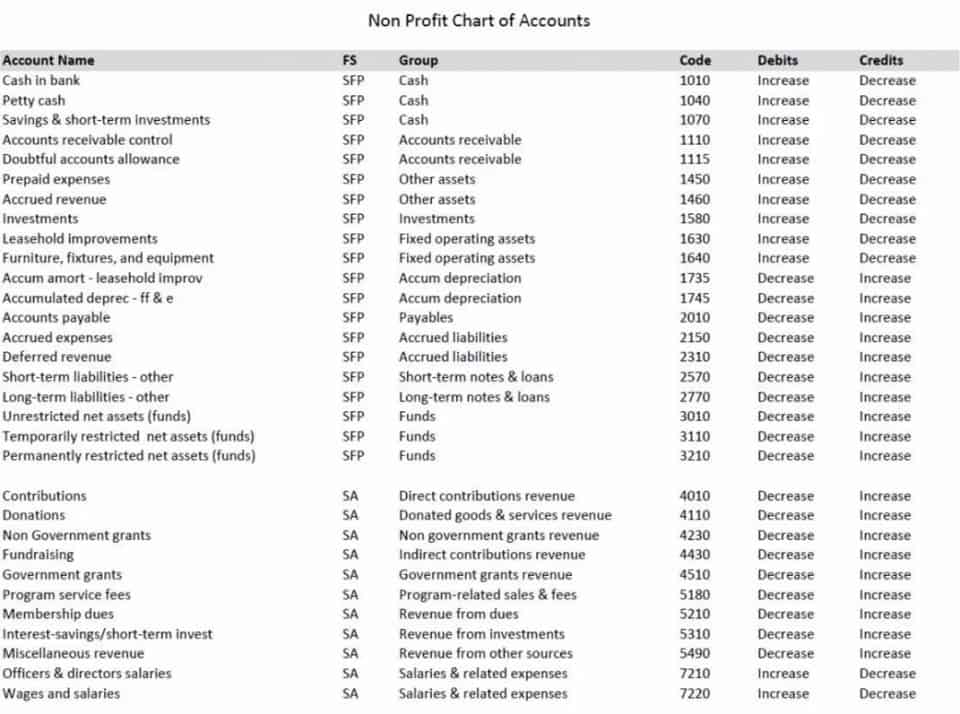
Therefore, considering the older, more expensive inventory was recognized, net income is lower under FIFO for the given period. Each of these three methodologies relies on a different method of calculating both the inventory of goods and the cost of goods sold. Depending on the situation, each of these systems may be appropriate. In addition, consider a technology manufacturing company that shelves units that may not operate as efficiently with age. No, the LIFO inventory method is not permitted under International Financial Reporting Standards (IFRS). Both the LIFO and FIFO methods are permitted https://www.bookstime.com/ under Generally Accepted Accounting Principles (GAAP).
- The FIFO method can result in higher income taxes for a company because there’s a wider gap between costs and revenue.
- Learn which inventory valuation method will boost your profits and lower your tax burden.
- FIFO assumes that assets with the oldest costs are included in the income statement’s Cost of Goods Sold (COGS).
- FIFO accounts for this by assuming that the products produced first are the first to be sold or disposed of.
- Under the LIFO, it is assumed that the inventory that arrives most recently is the one that is used or consumed up first.
- If you sold more than that batch, you repeat the formula with the next earliest batch.
The FIFO Method: First In, First Out

The LIFO method requires advanced accounting software and is more difficult to track. You’ll spend less time on inventory accounting, and your financial statements will be easier to produce and understand. The newer units with a cost of $54 remaining in ending inventory, which has a lifo formula balance of (130 units X $54), or $7,020.
Why would businesses use last in, first out (LIFO)?
- The most significant difference between FIFO and LIFO is its impact on reported income and profits.
- This method is quite popular in the United States and is allowed under US GAAP (LIFO Method is prohibited under IFRS).
- Inventory write-downs happen if the inventory has decreased in price below its carrying value.
- FIFO is an inventory valuation method that stands for First In, First Out.
- If inflation were nonexistent, then all three of the inventory valuation methods would produce the same exact results.
- FIFO is calculated by adding the cost of the earliest inventory items sold.
It means that whenever the inventory is reported as sold (either after conversion to finished goods or as it is), its cost will equal the cost of the latest inventory added to the stock. It means that whenever the inventory is reported as sold (either after conversion to finished goods or as it is), its cost will be equal to the cost of the oldest inventory present in the stock. If LIFO affects COGS and makes it more significant during inflationary times, we will have a reduced net income margin. Besides, inventory turnover will be much higher as it will have higher COGS and smaller inventory. Also, all the current asset-related ratios will be affected because of the change in inventory value. For example, suppose a hypothetical scenario, where the inventory purchased earlier is less expensive compared to recent purchases.

Example 3: Toy Store
In addition to tax deferment, LIFO is beneficial in lowering the instances of inventory write-downs. Inventory write-downs happen if the inventory has decreased in price below its carrying value. If LIFO is used, only old inventory will remain in stock, and its purchase price will have a lesser chance of going below its carrying value. The inventory value appears on the Income Statement as Cost of Goods Sold (COGS) and on the Balance Sheet as Inventory under Current Assets. Thus the method used for inventory valuation will indirectly affect the value of Gross Income, Net Income, Income Tax on the Income Statement, Current Assets, and Total Assets on the Balance Sheet. While the above is true, in most countries, the IFRS accounting standards are followed, which do not allow the usage of the LIFO method.

It’s required for certain jurisdictions, while others have the option to use FIFO or LIFO. Many businesses use FIFO, but it’s especially important for companies that sell perishable goods or goods that are subject to declining value. This includes food production companies as well as companies like clothing retailers or technology product retailers whose inventory value depends upon trends. Good inventory management software makes it easy how is sales tax calculated to log new orders, record prices, and calculate FIFO.


Keep up with Michelle’s CPA career — and ultramarathoning endeavors — on LinkedIn. Let’s say on January 1st of the new year, Lee wants to calculate the cost of goods sold in the previous year. Almost all analysts look at a publicly-traded company’s LIFO reserve. Often earnings need to be adjusted for changes in the LIFO reserve, as in adjusted EBITDA and some types of adjusted earnings per share (EPS). We see through a hypothetical example how the formula can be used to calculate the reserve and liquidation example also explains the procedure to calculate the same.
